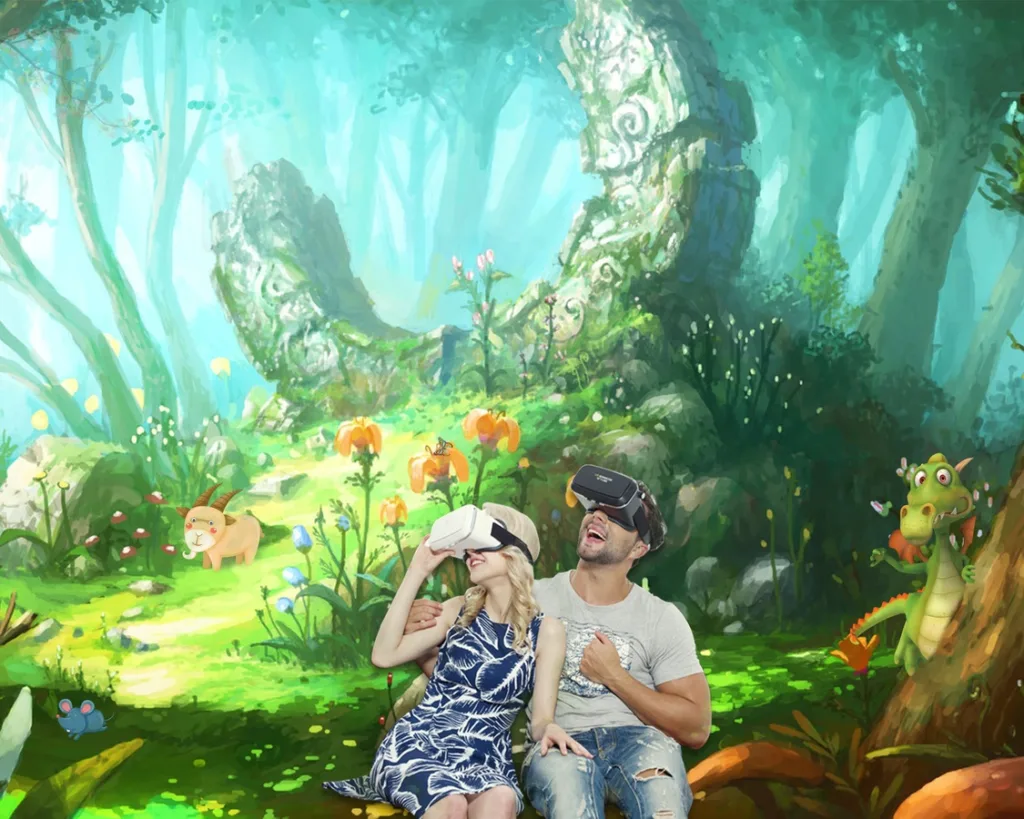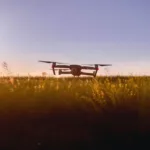The Birth of Visual AI
Visual AI is an abbreviation for Visual Artificial Intelligence. Consider it an excellent combination of two cutting-edge technologies: Artificial intelligence and Computer vision. Let's take a closer look at this.
The goal of artificial intelligence, or AI, is to create intelligent computers that can think and act like humans. Consider your smartphone recommending music you might enjoy or a self-driving car. All of this is made feasible by artificial intelligence. Computer vision, on the other hand, is a subset of AI that focuses on training robots to "see." It's like giving a computer eyes, letting it see, analyze, and interpret visual input in the same way that we do when we look at a picture or watch a movie.
When the intelligence of AI is combined with the 'seeing' skills of computer vision, you get Visual AI. It's like a super-smart robot with perfect vision. This convergence of technology enables computers to not only see but also comprehend images and make judgments based on what they perceive.
Because of its enormous potential, Visual AI is receiving a lot of attention and momentum in the IT industry. It is transforming industries ranging from healthcare, where it may assist physicians in illness diagnosis, to the automotive business, where it powers self-driving automobiles. And, as we continue to experiment and evolve, the potential for Visual AI appear to be unlimited.
So, the next time you hear the term "Visual AI," imagine a world where computers are able to understand the visual essence of our surroundings rather than simply numbers and words, making our lives more efficient, safer, and interesting. But what does it all mean, and why is it becoming so popular? If you stick around to the finish, you'll be an expert.

The Fundamentals of AI and Computer Vision
Before we go any further, let's break down the components of Visual AI:
- Artificial Intelligence (AI): At its heart, AI is concerned with developing algorithms that enable computers carry out tasks which would normally need human intelligence. These activities might include everything from voice recognition to decision-making.
- Computer Vision: is an aspect of AI that teaches machines to interpret and make decisions based on visual data, effectively allowing them to "see" and comprehend images.
Combining the Two: The Birth of Visual AI
When artificial intelligence meets computer vision, we get Visual AI. It is not just about identifying images; it is also about comprehending, interpreting, and even forecasting consequences based on those images.
Applications: Where Can You Find Visual AI?
Healthcare
Visual AI supports radiologists in spotting anomalies in X-rays, allowing for more accurate early diagnosis.
The Automobile Industry
Visual AI is used in self-driving cars to navigate, identify impediments, and read traffic signals.
E-commerce and retailing
Visual AI is transforming the shopping experience, from virtual try-ons to product suggestions based on visual preferences.
Surveillance and security
Visual AI plays an important part in current security systems, recognizing odd activity and identifying possible threats.

Benefits: What Makes Visual AI Unique
Visual AI can handle massive volumes of visual data considerably quicker than humans.
- Accuracy: With adequate training, it is capable of achieving greater accuracy levels and generating fewer mistakes.
- Scalability: Unlike humans, Visual AI systems can be easily scaled up to handle additional data as needed.
Problems and Concerns
While promising, Visual AI is not without flaws:
- Bias: If the system is not properly educated, it might perpetuate existing prejudices.
- Dependence on Data: For visual AI to be effective, massive quantities of data are needed.
- Concerns about privacy: Using Visual AI in public places creates serious privacy concerns.
The Science of Visual AI
Neural Networks and Deep Learning are at the heart of Visual AI. These are complicated algorithms that are built after the human brain and are supposed to spot patterns and make data-driven judgments.
What Does the Future of Visual AI Hold?
With technological breakthroughs, the potential applications for Visual AI are unlimited. We may soon see:
- Holistic Health Monitors: Examining your face for symptoms of illness.
- Augmented Reality (AR) Interactive: Real-time object detection improves our AR experiences.
- Smart Cities: are urban regions that have been totally integrated with Visual AI in order to optimize traffic, security, and infrastructure.
How Can Businesses Use Visual AI?
Incorporating Visual AI may help businesses stay competitive by:
- Personalize user experiences based on aesthetic preferences to improve customer experiences.
- Boost efficiency by automating operations that rely on visual data.
- Drive Innovation: Create previously unthinkable products or services.
The Revolution in Visual AI
Visual AI's ascent is evident, affecting businesses and daily lives. Its combination of fast data processing with the human-like capacity to "see" opens up a world of possibilities and problems. As technology advances, one thing is certain: Visual AI will play a crucial part in determining our future.




